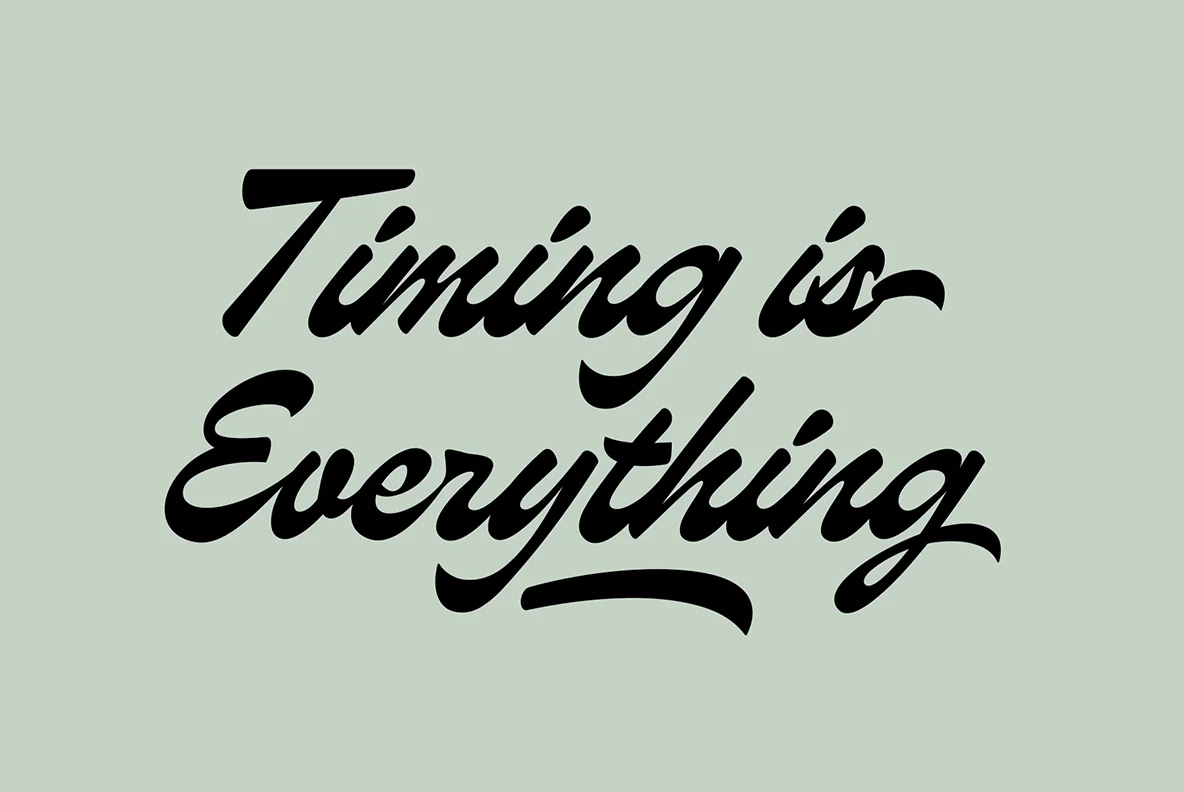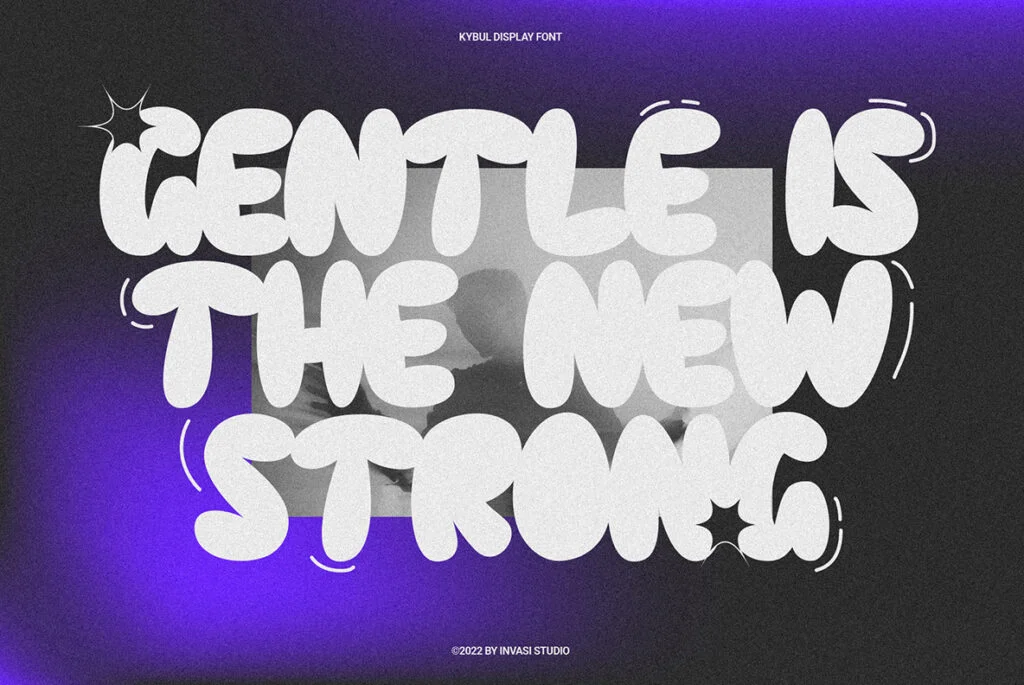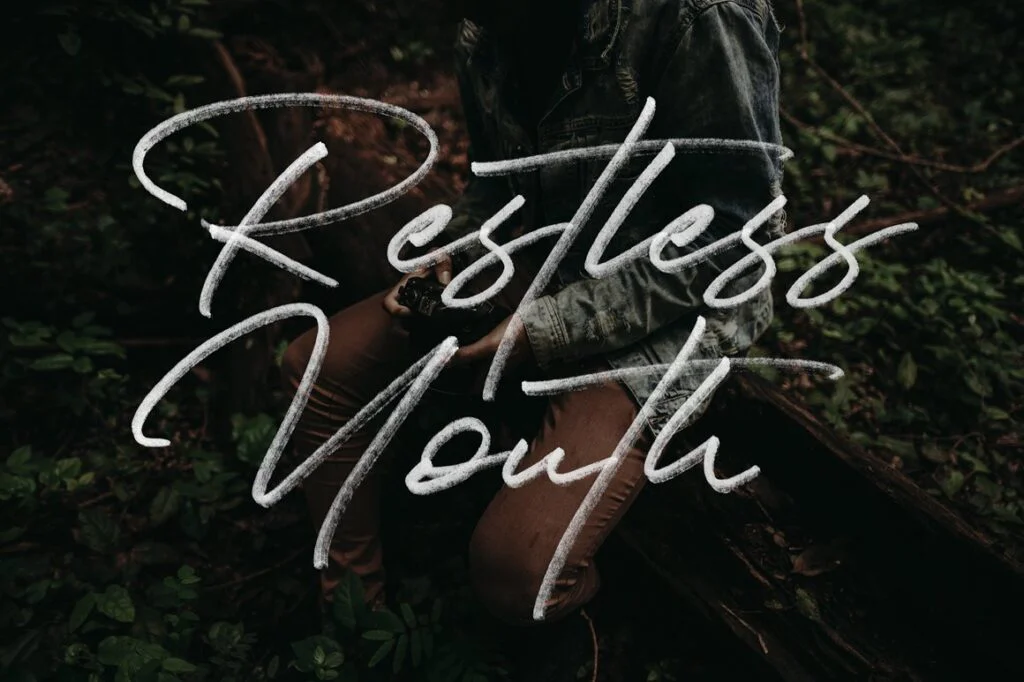Introduction to Script Fonts
Script fonts, with their fluid, handwritten characteristics, have long been a favorite among designers for their ability to add a personal, human touch to digital designs. These fonts, which mimic the style and fluidity of handwriting, can range from formal and elegant to casual and playful, offering a wide range of possibilities for designers.
Scripts are unique in their ability to convey emotion and personality, making them a popular choice for branding, invitations, logos, and more. They can evoke a sense of elegance, creativity, fun, or even nostalgia, depending on their style and how they are used.
The Appeal of Fun Script Typefaces
Fun script fonts, in particular, have gained popularity for their ability to inject a sense of playfulness and creativity into designs. These fonts often feature whimsical, irregular characteristics that break away from the more formal, traditional script fonts. They can include varying baselines, irregular shapes, and unique flourishes, all of which contribute to their fun, playful appeal.
Fun scripts are often used in contexts where a sense of creativity, playfulness, or informality is desired. They are a popular choice for children’s book covers, party invitations, logos for creative businesses, and more. They can also be used to add a touch of whimsy to social media posts, posters, and other digital designs.
Understanding the Basics of Script Typography
To effectively use script typefaces in your designs, it’s important to understand some basic typography terms. Here are a few key terms related to script fonts:
- Baseline: This is the line on which the letters sit. In fun script fonts, the baseline can often be irregular, adding to their playful appeal.
- X-height: This refers to the height of the lowercase letters. In script fonts, the x-height can vary widely, contributing to their unique look.
- Ascender and Descender: These are the parts of the letters that extend above the baseline (ascender) and below the baseline (descender). In script fonts, these can often feature unique flourishes.
Script type can be broadly categorized into formal and casual. Formal script fonts mimic traditional handwriting styles and often feature elegant, flowing letters with many flourishes. Casual scripts, on the other hand, are less formal and often feature irregular, playful characteristics.
Navigating the World of Script Fonts
Choosing the right script font for your project can be a daunting task, especially given the wide variety of options available. However, by keeping a few key considerations in mind, you can navigate the world of scripts more effectively.
Firstly, consider the context in which the font will be used. Is it for a formal invitation or a playful social media post? The context can greatly influence the type of script font that would be most suitable. For instance, a fun script font with irregular baselines and unique flourishes might be perfect for a children’s birthday party invitation, but not for a formal wedding invitation.
Secondly, readability is a crucial factor to consider when choosing a script font. While scripts can be beautiful and unique, they can also be challenging to read, especially when used in large blocks of text or in small sizes. Therefore, it’s often best to use scripts sparingly, such as for headlines or short pieces of text.
Finally, consider the emotions and personality you want to convey with your design. Do you want it to feel elegant, playful, creative, or nostalgic? Different script fonts can evoke different emotions, so choose a font that aligns with the mood of your design.
The History and Evolution of Script Fonts
Script designs have a rich history that dates back to the time of handwritten manuscripts. Over the centuries, as writing styles evolved, so too did script fonts. The invention of the printing press in the 15th century, for instance, led to the creation of more formal, standardized script fonts.
However, it was not until the advent of digital design that script type truly began to diversify. With the ability to create fonts digitally, designers were no longer bound by the constraints of handwriting or printing techniques. This led to the creation of a wide variety of script fonts, ranging from those that mimic traditional handwriting styles to those that break all the rules for a fun, playful look.
Today, the world of script typography is more diverse than ever, offering a wealth of options for designers to choose from.
How to Use Script Fonts Effectively
While scripts can add a unique and personal touch to your designs, they can also be tricky to use effectively. Here are some best practices to keep in mind when using script fonts:
- Use Sparingly: Scripts are often best used sparingly, such as for headlines, logos, or short pieces of text. Using them in large blocks of text can make the text difficult to read and may overwhelm the design.
- Pair Wisely: Scripts can be effectively paired with simpler, more understated fonts. This can help balance the design and ensure readability. For instance, you might use a script font for the headline and a simple sans-serif font for the body text.
- Consider the Mood: Different script typefaces can evoke different moods. Consider the mood you want to convey with your design and choose a script font that aligns with that mood.
- Avoid All Caps: Using script typefaces in all caps can often make the text difficult to read and may detract from the font’s unique characteristics. Instead, consider using a mix of upper and lower case letters.
Exploring the Impact of Scripts in Graphic Design
Script fonts play a crucial role in graphic design, helping to create a specific mood, convey emotion, and add a personal touch to designs. They can be used to create a sense of elegance, fun, creativity, or even nostalgia, depending on the font and how it’s used.
For instance, a fun script might be used in a children’s book cover to create a sense of whimsy and playfulness. Or, a script might be used in a logo to convey a sense of elegance and sophistication.
Scripts can also be used to create a sense of movement and flow in a design, thanks to their fluid, handwritten characteristics. This can help guide the viewer’s eye through the design and create a sense of dynamism.
The Joy of Fun Script Fonts
Fun script fonts offer a world of possibilities for designers, allowing them to inject a sense of playfulness, creativity, and personality into their designs. By understanding the basics of script fonts and how to use them effectively, designers can navigate the world of script fonts with confidence and create truly unique and engaging designs. So, don’t be afraid to experiment with different script fonts and see how they can transform your designs. Happy designing!


